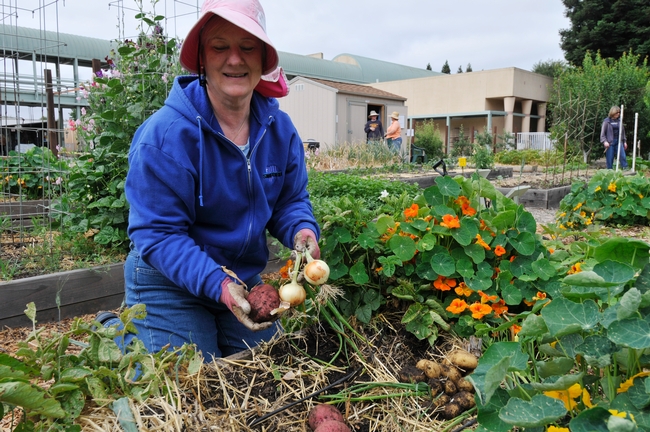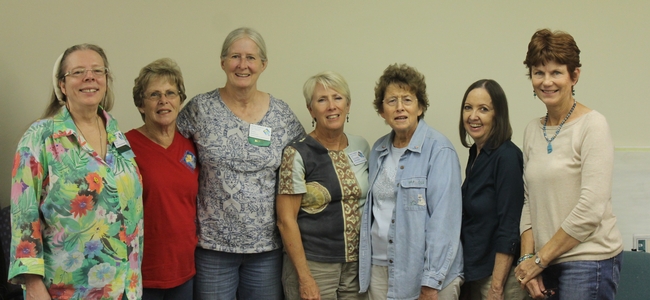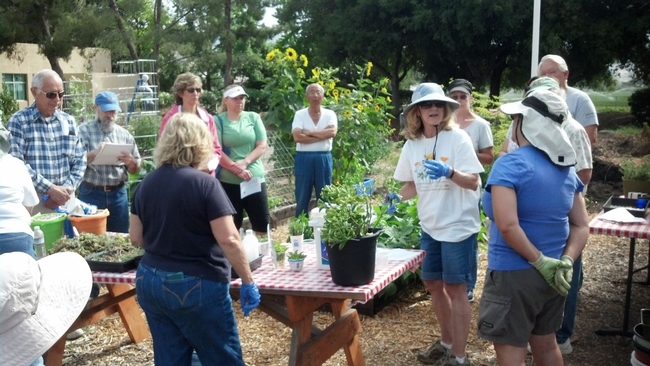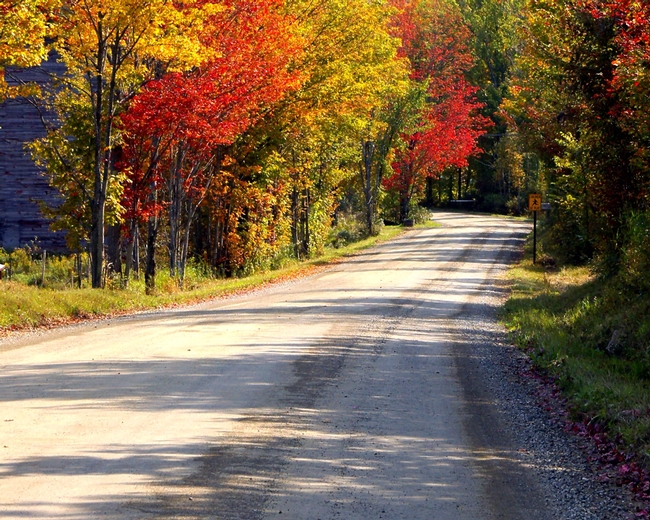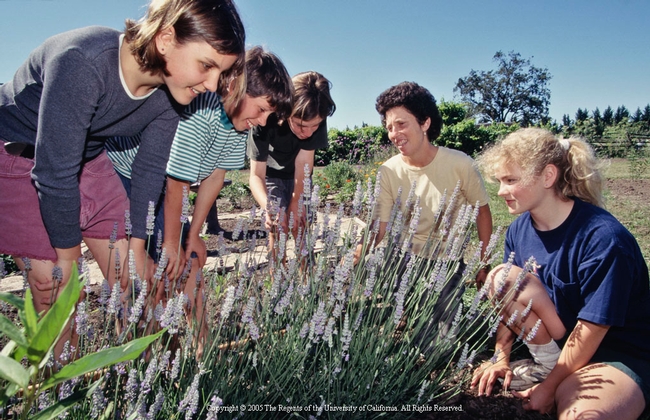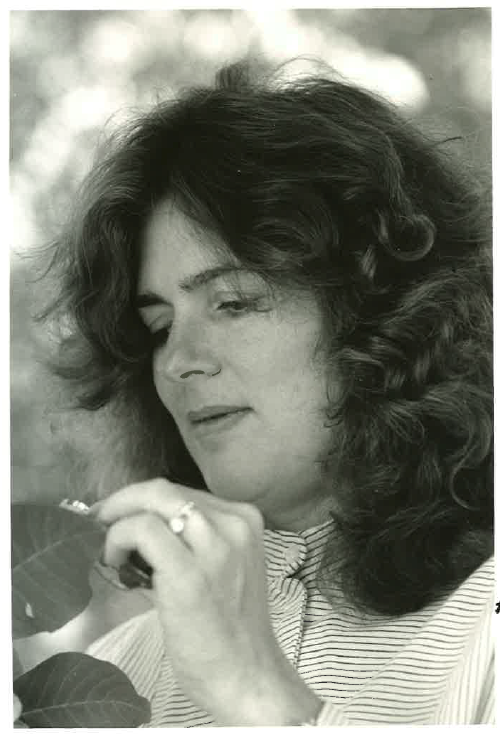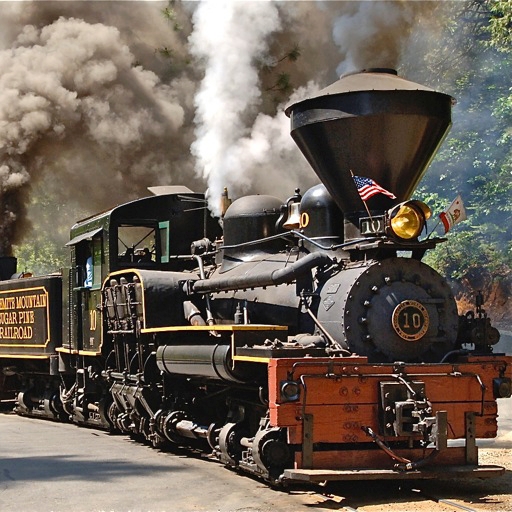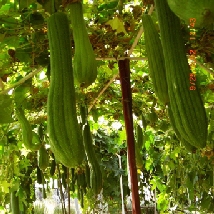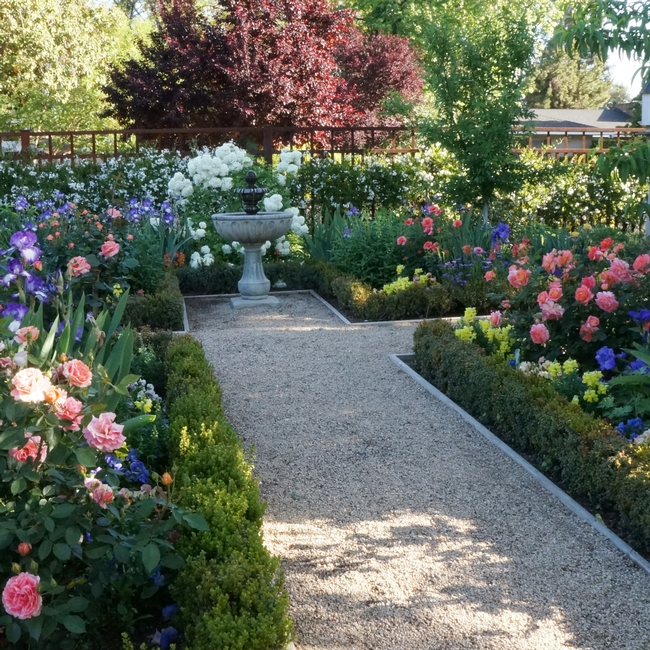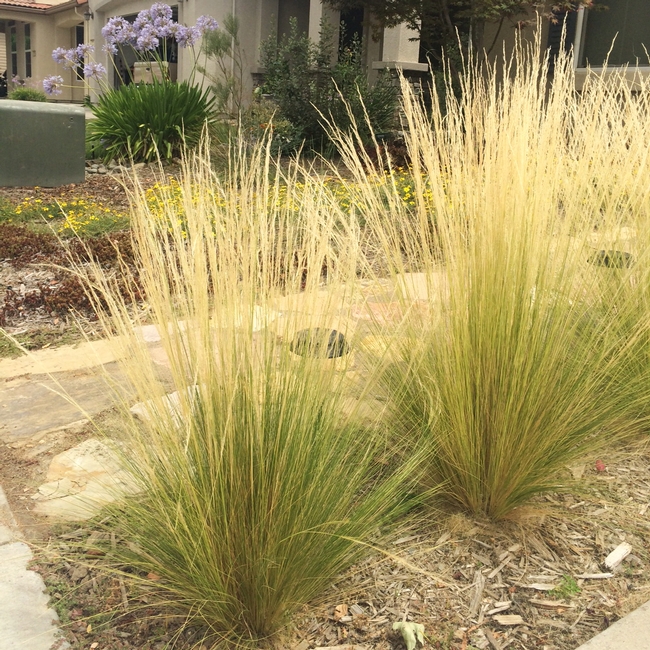In the News
UC Recognizes Outstanding Master Gardener Projects with 'Search for Excellence' Awards
UC Master Gardener programs in Riverside, Santa Clara, Orange and San Diego counties have won the program's Search for Excellence competition, announced Missy Gable, director of UC's statewide Master Gardener Program. The triennial Search for Excellence awards afford county programs the opportunity to share successful projects, including demonstration gardens, workshops, presentation or hands-on programs, community service, horticulture therapy, research or youth programs.
Educating the public was the focus of the Search for Excellence 2014 competition. The entries were judged by a team of experts selected from throughout the state.
"Congratulations to all the Master Gardeners involved in carrying out these innovative projects," Gable said. "This competition celebrates the hard work of dedicated UCCE Master Gardener volunteers across the state."
The Search for Excellence competition winners will be honored at the 2014 UC Master Gardener Conference, Oct. 7-10 in Fish Camp, Calif. The next Search for Excellence competition will be in 2017.
“There's Gold in them thar hills!” Riverside County is a big county, stretching from the Los Angeles metro area to the Colorado River. The main challenge of the UC Master Gardener Program of Riverside County was how to better fulfill their mission of educating their community on sustainable gardening practices. The answer – “Gold Miners.” Riverside County was divided into nine geographic areas with a UC Master Gardener volunteer in each area actively pursuing volunteering opportunities for their peers. Since the program began in 2011, “Gold Miners” has increased the presence of UC Master Gardeners throughout the county, giving volunteers the opportunity to provide outreach closer to home, engage new members of the public and increase the number of certified UC Master Gardeners from all regions of the county.
UC Master Gardeners of Santa Clara County developed a one-acre teaching and demonstration garden on the grounds of St. Louise Hospital in Gilroy. The demonstration garden was designed to create educational outreach opportunities in the far southern portion of the county. UC Master Gardener volunteers provide hands-on public workshops in the garden as well as classes in both the hospital boardroom and community libraries. The objectives of the St. Louise Hospital garden includes teaching residents about low-water vegetables, fruits, and ornamental plants well-suited to local growing conditions, and modeling sustainable gardening practices reflective of UC research-based horticultural principles.
Passionate volunteers from the UC Master Gardener Program of Orange County developed a series of 15 educational videos. Nine videos provide a comprehensive overview of the composting process and six videos concentrate on worm composting. Each series begins with an explanation of what composting is and shifts into how to start, maintain and troubleshoot a compost pile or worm bin. The videos are designed to instruct and encourage the gardening public to compost either at home or in community gardens. All of the educational videos were filmed and narrated by UC Master Gardeners. The videos are published on the UC Master Gardeners of Orange County public website.
First Runner-up - Orange County
Recognizing the need to reach a significantly larger number of home gardeners than demonstration booths and Farmers Market tables were engaging, the UC Master Gardeners of Orange County developed a speakers bureau. The criteria was simple: fulfill the mission of disseminating up-to-date, research-based information and to deliver "wow" presentations for the public. UC Master Gardeners created teaching plans, incorporating the statewide program mission and the ANR Strategic Vision to cover important topics such as gardening for improved nutrition and healthy living. Additionally, the UCCE Master Gardeners of Orange County engaged the help of Toastmasters International, an undisputed authority for training speakers.
Second Runner-up - San Diego County
UC Master Gardeners of San Diego County created a program called MG Growing Opportunities (MG-GO) which provides research-based horticulture education to teenage youth involved with the juvenile justice system. Under the guidance of UC Master Gardeners and a vocational horticultural therapist, incarcerated youth learn about ecosystem friendly, sustainable gardening. In the process, the youth acquire vocational and life skills, such as teamwork, problem solving, self-esteem, and leadership. The goals of MG-GO are to introduce sustainable gardening practices to an under-served population, highlight gardening as a healing endeavor, and develop a replicable model for statewide use.
About us
The UC Master Gardener Program provides the public with UC research-based information about home horticulture, sustainable landscaping, and pest management practices. It is administered by local UCCE county-based offices that are the principal outreach and public service arms of the University of California Division of Agriculture and Natural Resources.
The UC Master Gardener Program is an example of an effective partnership between the UC Division and passionate volunteers. In exchange for training from University of California, UCCE Master Gardener volunteers engage the public with timely gardening-related trainings and workshops. With programs based in 50 California counties and 6,048 active members, UC Master Gardener volunteers donated 385,260 hours last year and have donated more than 4.2 million hours since the program inception in 1981.
Volunteer Insurance Coverage for Master Gardeners
Reappointment is now complete - along with digitally signing the appropriate documents to continue as a University of California Master Gardener you may have also heard about a fee for insurance.
Hartford Accident and Injury insurance acts as a secondary insurance and covers up to $10,000 of personal expenses tied to an injury sustained while serving as a Master Gardener. For example, if injured while serving as a volunteer, you would first allow your primary insurance to take effect and file a claim with Hartford for any out-of-pocket expenses, such as a co-pay. In the event that an injury is sustained by a volunteer who does not have primary medical insurance, a Hartford claim may be filed but the policy limit remains at $10,000.
Hartford insurance is for personal injury only and does not cover property damage, liability, or injury to any non-volunteer parties.
A separate Automobile Liability insurance covers volunteers acting in official capacity. Volunteers must confirm through an annual agreement that they meet UC minimum insurance requirements, commonly referred to as “50/100/50” and have a valid driver's license in order to qualify for this coverage.
This is often confusing for volunteers as fees for the Hartford Accident and Injury insurance are collected at reappointment time when volunteers identify whether they will drive on behalf of the University and are asked specifically about their vehicle insurance coverage. By opting not to drive for the University , volunteers are not exempt from needing Hartford Accident and Injury coverage.
Whether you are asked to pay the fee individually or the county program finances the fee for the group at large, every UC Master Gardener volunteer must be covered under the Hartford Accident and Injury Insurance.
For more information about Hartford insurance or to download a claim form click here.
After 34 years of Service, Mary Lou Retires
Dear Master Gardeners,
I was hired to create Integrated Pest Management (IPM) programs for agriculture, but my interest in Master Gardeners started early. I remember attending the California State Fair in the early 1980's and being somewhat horrified to find the UC Master Gardeners answering questions using the Ortho Problem Solver and the Rodale Guide to Organic Gardening. I was told that they relied on these books because UC provided very little garden pest management information. This motivated me to write Pests of the Garden and Small Farm and later to hire Steve Dreistadt to compile Pests of Landscape Trees and Shrubs. From there we moved on to the Pest Notes, Quick Tips, UC IPM web site, UC IPM kiosk, our YouTube channel, blog and Twitter. Master Gardeners embraced and promoted all these products and now UCIPM is as well known for its home and garden information as for agricultural IPM.
I have loved teaching Master Gardener volunteers. They are the most enthusiastic students ever. I learn something every single time I go out and teach a class—and I've taught thousands of them. UC Master Gardeners inspire so much of what we do.
For example, it was Master Gardeners who stimulated our research on convergent lady
beetle releases for aphid control. All the published literature said releases weren't useful, but Master Gardeners challenged this idea. Over a 3-year study, Steve Dreistadt and I found that they were right, and we published several journal articles documenting the results.
Last but not least, thank you to all of you Master Gardener Coordinators. Each of you does an incredible job gently guiding and informing your enthusiastic volunteers. I have watched you in action and you do something special every day.
Sincerely,
2014 UC Master Gardener Conference - Sold Out!
The highly anticipated 2014 UC Master Gardener conference has officially sold out. With nearly 700 attendees and registered guests this year's conference is the largest in the program's history.
Are you interested in being put on the wait-list for future registration openings? Click here and fill out the online survey and be place in line for registration openings, openings are filled in the order the survey is completed.
It's not too late for you (and your guests) to sign up for conference tours! Don't wait to register for one of many exciting conference tours still available:
Campfire and Train Ride
All Aboard! An exciting four mile railroad excursion at Yosemite Park's South gate on Highway 41. Ride into history where powerful locomotives once hauled massive log trains through the Sierra Mountains and where mighty lumberjacks felled the timber and flumes carried the lumber to the distant valley below.
The Sierra National Forest's majestic woods provide the backdrop for this narrow gauge journey back in time. Peer into the past! A New York steak, chicken or vegetarian dinner with all the fixins' is included in the price, and a no host bar is available. Enjoy a campfire under the stars while you listen to a local guide tell stories of times past.
Loofa Farm & Mount Bullion Vineyard
The loofa is a member of the Cucurbitaceae family. Contrary to popular belief, loofas grow on a vine, not in the ocean. Located in the Yosemite foothills, this tour of a working loofa farm is scheduled one week prior to harvest! Handmade crèmes, lotions, soaps and loofahs are available for purchase, and of course, all products are grown and crafted on site.
Following the loofa farm tour you will travel to Mt. Bullion Vineyard, where grapes are grown, fermented, barreled, aged, bottled and cellared. A visit to the winery is by appointment only. Lunch will be provided at the winery. The tour also includes transportation to and from Tenaya Lodge.
Gardens of the Central Valley
Clovis Botanical Garden is the only botanical garden in the San Joaquin Valley. It is a one-acre water-wise demonstration garden that showcases beautiful plants and landscapes appropriate for the hot summers and cool winters of California's Central Valley. While strolling through the garden learn about the “Sensational 70”, plants friendly to Central Valley landscapes which are attractive, water-wise, and non-invasive. Enjoy lunch at the home and garden of one of our own Master Gardeners of Fresno County. This lovely garden demonstrates a diversity of plant materials utilizing sustainable practices, and other unique features.
The Forestiere Underground Gardens is a Fresno City and county historical site and is listed on the National Register of Historic Places. Explore the underground maze of rooms, courtyards, and passageways reminiscent of the ancient catacombs, all hand-carved out of hard-pan. See unique fruit-producing trees, shrubs, and vines growing underground – some over 90 years old. Water, wine and snacks on the return trip to the Tenaya Lodge. Arrive back at the Lodge in time for the Cowboy Dinner, Train Ride, and Campfire.
Mexican Feather Grass: Invasive Beauty can be Deceiving
Mexican Feather Grass (Nassella or Stipa tenuissima) is a wildly popular ornamental grass used by home gardeners and landscape design professionals. Mexican Feather Grass is loved for its graceful, delicate and fine texture – it grows out in a cascade like a beautiful fountain. Plus it is extremely drought tolerant adding to its allure. It's no wonder this ornamental grass has been enthusiastically used in home landscapes. But - don't be fooled by this invasive beauty!
Mexican Feather Grass was recently added to PlantRight's list of invasive plants in California. It produces tens of thousands of seeds, which are dispersed by wind, water or contaminated soil – as well as via automobiles and animal droppings. The seed-bank can persist for more than four years and the plant commonly self-sows in California. Mexican feather grass is capable of overcoming native plants and animal species once it becomes established.
It crowds out pasture grass species as well as native grasses in coastal areas and is found in all landscapes, including: urban spaces, agricultural areas, forests, open grasslands, riparian zones, disturbed land, and shrublands.
Working to Stop Distribution
PlantRight works with leaders in the nursery industry, conservation groups, plant scientists and professional landscapers to find cost-effective ways to stop the sale of invasive plants and Mexican feather grass is at the top of their list. PlantRight is currently working with one of the top growers of Mexican feather grass to stop the sale of 14,000 plants that are ready to ship to retailers. These 14,000 plants are capable of producing more than 980 million seeds each year.
PlantRight Recommended Alternatives:
- Blue grama grass (Bouteloua gracilis 'Blonde Ambition')
- Priarie dropseed (Sporobolus airoides)
- Mexican deer grass (Muhlenbergia dubia)
- Pink Muhly (Muhlenbergia capillaris, esp. 'White Cloud')
- Autumn moor grass (Sesleria autumnalis)
To learn more about Plant Right and how they are working to stop the distribution of Mexican feather grass, visit www.plantright.org.





